- You cannot add that amount to the cart — we have 1 in stock and you already have 1 in your cart. View cart
ST0083 Copper Aluminum Sputtering Target, Cu/Al
Chemical Formula: Cu/Al
Catalog Number: ST0083
CAS Number: 7440-50-8 | 7429
Purity: 99.9%, 99.95%, 99.99%, 99.995%, 99.999%
Shape: Discs, Plates, Column Targets, Step Targets, Custom-made
Copper Aluminum sputtering target come in various forms, purities, sizes, and prices. Thin Film Materials (TFM) manufactures and supplies top-quality sputtering targets at competitive prices.
Copper Aluminum Sputtering Target Description
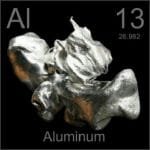
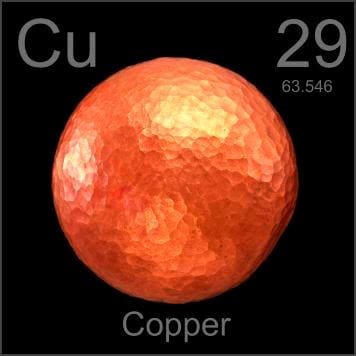
The copper-aluminum sputtering target from TFM is crafted from high-quality copper-aluminum alloys. These alloys are highly valued for their superior strength and corrosion resistance compared to other bronze alloys. They are tarnish-resistant and exhibit low corrosion rates in atmospheric conditions, low oxidation rates at high temperatures, and low reactivity with sulfurous compounds and other combustion exhaust products. Additionally, they are resistant to seawater corrosion. The corrosion resistance of copper-aluminum alloys is due to the aluminum content, which reacts with atmospheric oxygen to form a thin, tough layer of alumina (aluminum oxide) on the surface, effectively acting as a barrier against corrosion of the copper-rich alloy.
Related Product: Copper Sputtering Target, Aluminum Sputtering Target
Copper Aluminum Sputtering Target Packaging
Our Copper Aluminum Sputtering Targets are meticulously handled to prevent any damage during storage and transportation. This careful handling ensures that our products maintain their original quality and arrive in perfect condition.
Get Contact
TFM offers Copper Aluminum Sputtering Targets in various forms, purities, sizes, and prices. We specialize in high-purity thin film deposition materials with optimal density and minimal grain sizes, which are ideal for semiconductor, CVD, and PVD applications in display and optics. Contact Us for current pricing on sputtering targets and other deposition materials that are not listed.
Related Products
Related products
FAQ
What is a sputtering target?
It’s the source material (in solid form) used in sputter deposition to eject atoms or molecules that then form a thin film on a substrate.
What materials are used to make sputtering targets?
Targets can be pure metals (e.g., gold, copper, aluminum), ceramics (e.g., Al₂O₃, SiO₂, TiO₂), alloys, or composites—chosen based on the film’s desired properties.
How are sputtering targets manufactured?
They are produced by processes such as melting/casting for metals or sintering (often with hot isostatic pressing) for ceramics and composite targets to ensure high density and purity.
How does sputter deposition work with these targets?
In a vacuum chamber, a plasma (typically argon) bombards the target, ejecting atoms that travel and condense on a substrate, forming a thin film.
What factors affect the life and performance of a sputtering target?
Key factors include the target’s purity, density, grain structure, and the sputtering yield (i.e. how many atoms are ejected per incident ion), as well as operating conditions like power density and gas pressure.
How do I know when a sputtering target needs to be replaced?
Operators monitor target erosion (often by measuring the depth of the eroded “race track”) or track total energy delivered (kilowatt-hours) until it reaches a threshold that can compromise film quality.
Why do some sputtering targets need to be bonded to backing plates?
Fragile materials (such as many ceramics or certain oxides) and precious metals often require a backing plate to improve cooling, mechanical stability, and to allow thinner targets that reduce material costs.
What is the difference between DC and RF sputtering for targets?
DC sputtering is used for conductive targets, while RF sputtering is necessary for insulating targets (like many oxides) because it prevents charge buildup on the target’s surface.
How does reactive sputtering differ from standard sputtering?
In reactive sputtering, a reactive gas (e.g., oxygen or nitrogen) is introduced to form compound films on the substrate, but it may also “poison” the target surface if not carefully controlled.
Can I use customer-supplied powders to make sputtering targets?
Many manufacturers prefer to control raw material quality by sourcing their own powders; using external powders can risk impurities and inconsistent target properties.
What storage and handling procedures are recommended for sputtering targets?
Targets should be stored in clean, dry conditions (often in original packaging or re-wrapped in protective materials) and handled with gloves to avoid contamination, ensuring optimal performance during deposition.
What key parameters affect sputtering deposition rates?
Deposition rate depends on factors such as target material and composition, power density, working gas pressure, substrate distance, and the configuration of the sputtering system (e.g., magnetron design).


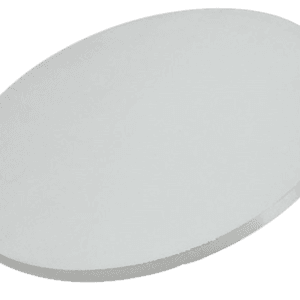
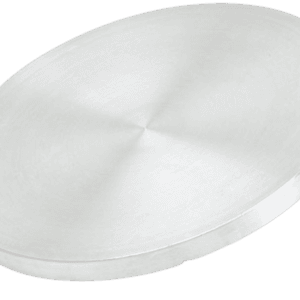
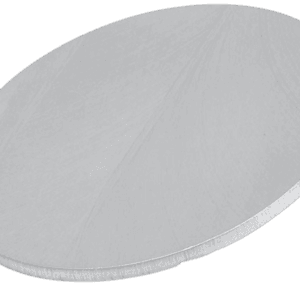
Reviews
There are no reviews yet.